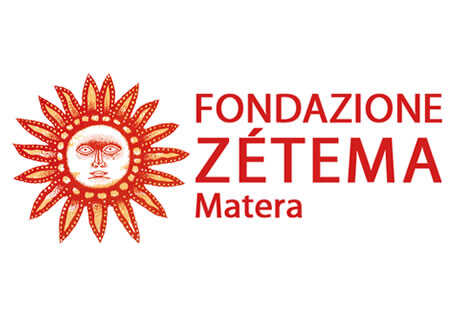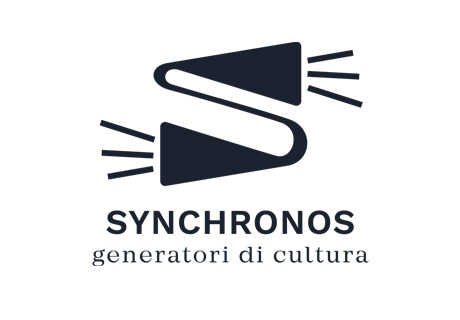Josè Garcia Ortega
José Ortega nasce nel 1921 ad Arroba de los Montes (Spagna). Nel 1934 la sua famiglia si stabilisce a Madrid e il giovane José inizia il suo percorso artistico durante la guerra civile spagnola e la successiva instaurazione della dittatura di Francisco Franco, anni che lo segneranno profondamente per tutta la vita. Accusato di attività antifranchista, è costretto prima al carcere e poi a un lungo esilio. Negli anni Sessanta vive in Francia e frequenta il fervente ambiente culturale parigino entrando in contatto con importanti artisti ed intellettuali tra cui Antonello Trombadori e Pablo Picasso.
Nel 1972 arriva a Matera e trova qui il suo spazio, il silenzio per lavorare, i valori, il calore e i colori della sua Mancha e, soprattutto, scopre la cartapesta, l’antico materiale con il quale gli artigiani materani fabbricano il carro trionfale della festa patronale della Madonna della Bruna. Decide di fermarsi a Matera dove realizza i cicli “Pasaron” e “Muerte y Nacimiento” che nel loro racconto completo costituiscono un unicum.
Nel 1976 ottiene l’autorizzazione per tornare in Spagna dove espone le opere prodotte a Matera. Nel 1980 lascia nuovamente la Spagna per tornare in Italia, stabilendosi nel piccolo centro di Bosco, in provincia di Salerno.
Muore a Parigi nel dicembre 1990 e le sue spoglie riposano nel Cimitero di Montmartre.
Scopri il progetto e le opere
Stai pianificando il tuo prossimo viaggio? Cerca su KAYAK.


